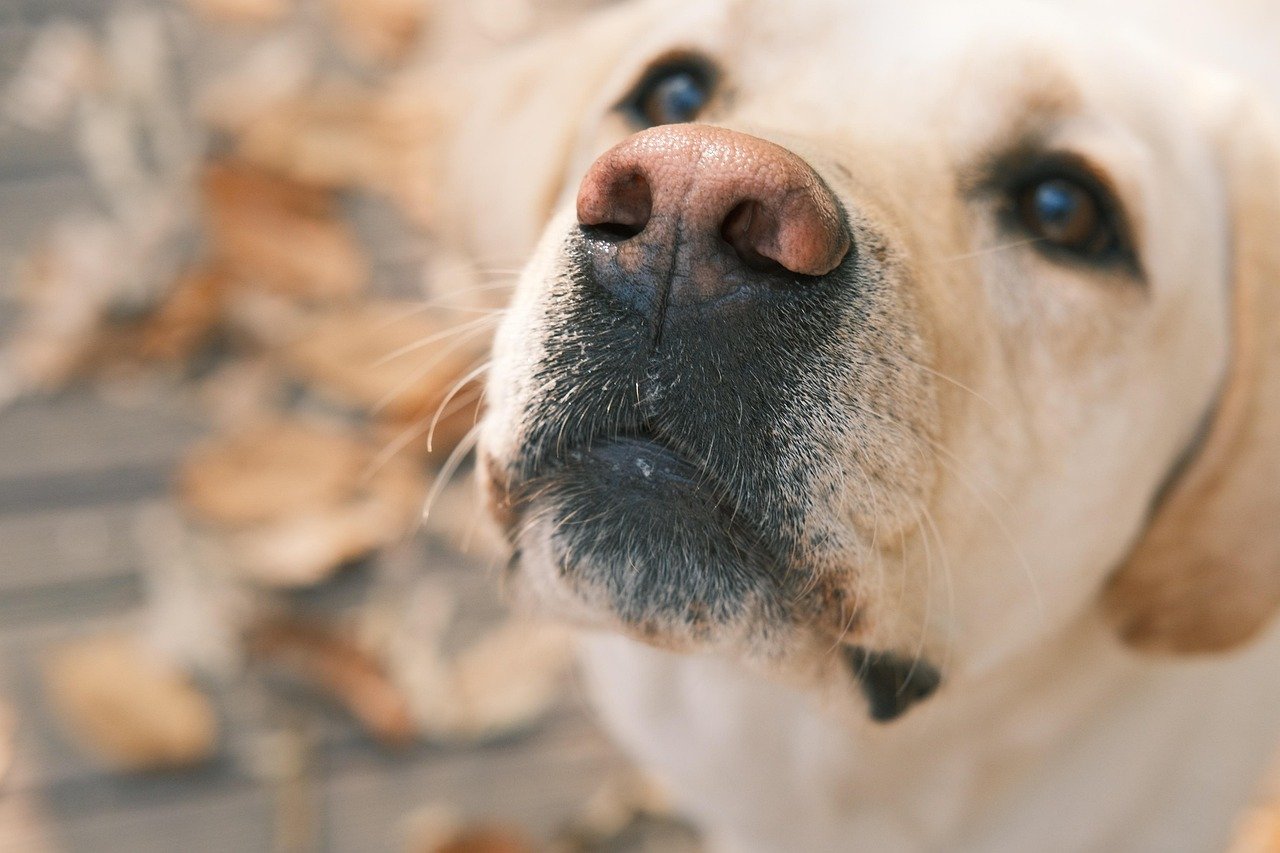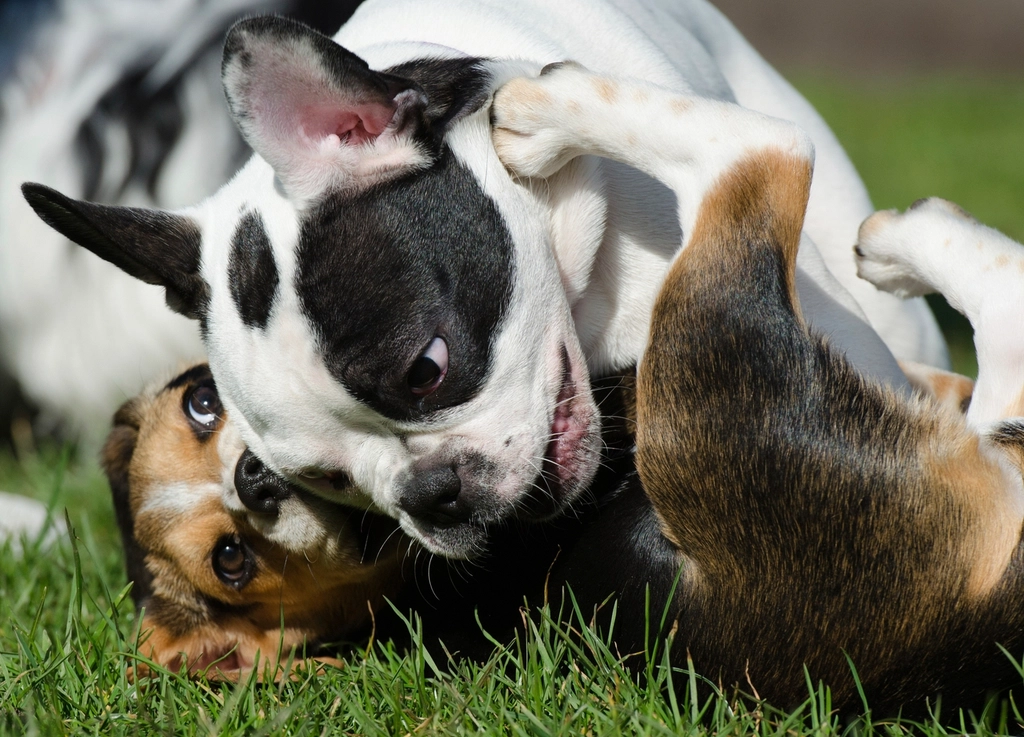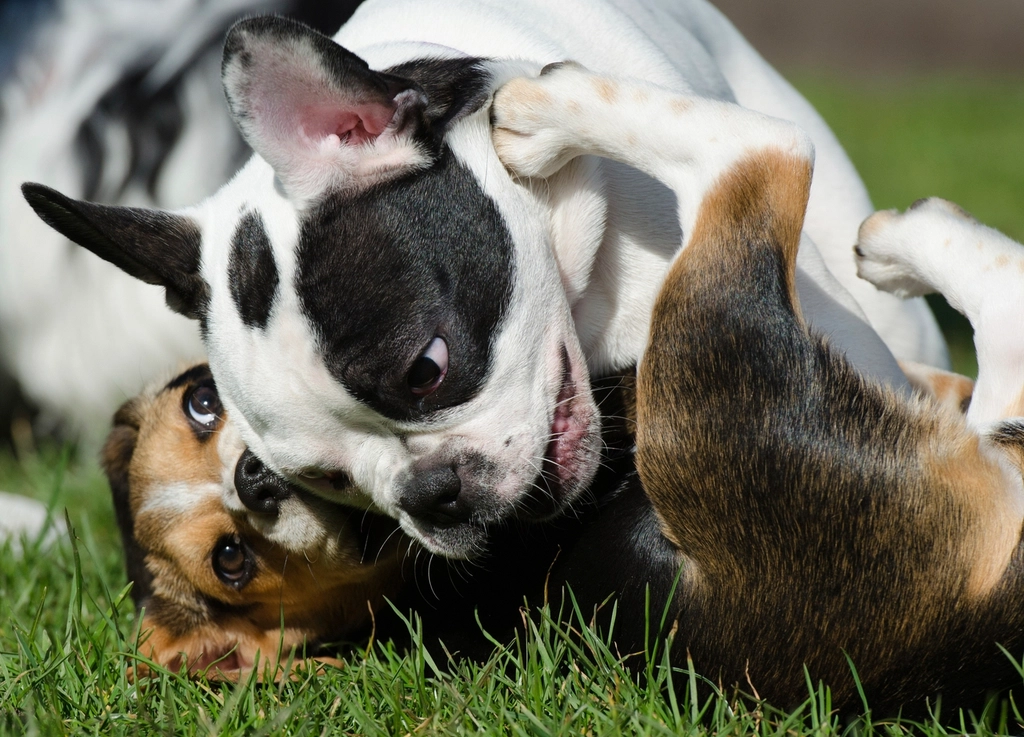Ever caught your dog gazing at you with those soulful eyes, tail wagging—or maybe not wagging at all—and wondered, “What are you trying to tell me?” If you’ve ever felt like your dog speaks a language all their own, you’re not alone. Dogs have a whole world of communication that goes far beyond barks and whines. Understanding these signals can transform your relationship, deepen your bond, and help you be the person your dog believes you already are.
Decoding Tail Talk
A wagging tail doesn’t always mean a happy pup—sometimes, it’s a sign of nerves or excitement. A high, fast wag can hint at enthusiasm or even agitation, while a slow, low wag may signal uncertainty. The direction matters too: research shows dogs wag more to the right when they’re happy and to the left when they’re uneasy.
Next time you see your dog’s tail going wild at the sight of you, take note of its height and speed. Is it stiff or loose? Combined with relaxed ears and soft eyes, a wag usually means joy. But a tucked tail or one held low? That’s a cue your buddy might be scared or insecure and needs gentle reassurance.
The Power of Eye Contact

Dogs use their eyes to communicate volumes. Direct, soft eye contact often shows trust and affection, while a hard stare can be a warning. If your dog looks away or blinks slowly, it may signal submission or even an attempt to calm you down.
Ever notice your dog giving you a long, loving gaze? That’s no coincidence—scientists say it boosts oxytocin, the “love hormone,” for both of you. But if your pup is avoiding eye contact or has wide, whale-like eyes, it’s time to check in and offer comfort.
Barking, Whining, and the Noisy Truth

Not all barks are created equal. A sharp, rapid bark might mean excitement or an alert, while a low, drawn-out bark could be a warning. Whining is a plea: maybe for attention, food, or because of discomfort. If your normally quiet dog starts barking more, look for changes in their environment or health.
Think of barking like a toddler’s chatter—sometimes it’s just noise, but often it’s a request. Are they bored? Needing a bathroom break? Or is that bark at 3 a.m. a sign something’s amiss? Tune in and respond calmly; your dog will thank you with quieter nights.
Posture Speaks Louder Than Words
A relaxed, wiggly body usually means your dog is feeling safe and happy. But a stiff stance, raised hackles, or cowering posture are red flags. Dogs lean in when they’re curious or friendly, and back away when they’re fearful or unsure.
Watch your dog’s body language during walks or at the dog park. If they freeze or lower their head, it’s a cue to intervene and protect them from whatever’s stressing them out. Prevention is key—never force your dog into situations that make them uncomfortable.
Paws, Licks, and Nose Nudges
Does your dog gently paw at you or nudge you with a wet nose? These are classic ways dogs get your attention without barking. A gentle lick can be a sign of affection, but excessive licking might mean anxiety or an allergy.
If your dog suddenly starts licking or chewing their paws, don’t ignore it. It could be boredom, stress, or a sign of pain. Address the root cause—sometimes it’s as simple as adding more playtime, but if it persists, a vet check is smart.
Signs of Discomfort or Illness
Changes in your dog’s behavior—like hiding, loss of appetite, or sudden aggression—are often their only way to say, “I’m not feeling well.” Lethargy, limping, or repeated scratching can signal health issues needing attention.
Trust your gut. If your dog’s acting off, even if it seems small, don’t brush it aside. Early intervention can prevent serious problems. Keep an eye on their energy, bathroom habits, and appetite for clues about their well-being.
The Joy of Play and Its Meaning

Play bows, where dogs lower their front end and stick their tail in the air, are a universal invitation: “Let’s have fun!” A dog that brings you toys or initiates a game is asking for interaction and mental stimulation. Ignoring these cues can lead to frustration or destructive behavior.
Be present during playtime. Not only does it strengthen your bond, but it also lets you watch for changes in how your dog moves or interacts—sometimes the first sign something’s off. Plus, nothing beats the joy of a happy, zooming pup!
Building Trust Through Understanding
Dogs thrive on routine and predictability. When you learn to read their subtle cues—like a yawn that signals stress, or a stretch that means relaxation—you become their safe person. Responding with patience and empathy builds trust and eases anxiety.
Remember, every dog is unique. What soothes one might unsettle another. Stay curious, keep learning, and celebrate those heartwarming moments when your dog chooses to communicate with you. It’s not just about training—it’s about love, respect, and partnership.
Jen is a passionate nature lover and ocean conservationist. She has dedicated her life to protecting the environment and preserving the beauty of the natural world. Growing up in a small coastal town, Jen sincerely appreciated the ocean and its inhabitants. She has spent countless hours exploring the shoreline, learning about the creatures that inhabit the waters, and advocating for their protection. Jen is an active member of ocean conservation organizations, and she is committed to educating the public about the importance of conserving wildlife and the natural environment.






